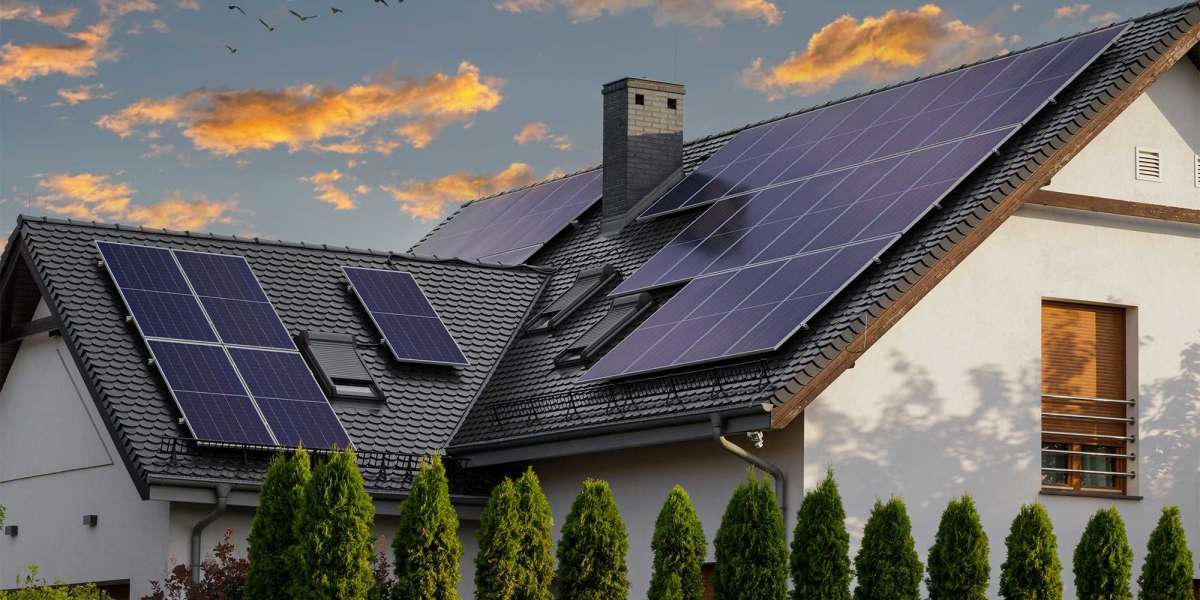Switching to solar energy is a step toward sustainability and cost savings. Solar panel installation is a significant investment, and understanding the process is crucial for making informed decisions. This detailed guide will walk you through every aspect of solar panel installation, ensuring you have all the information you need.
What Is Solar Panel Installation?
Solar panel installation refers to the process of setting up photovoltaic (PV) systems to convert sunlight into electricity. These systems can be installed on rooftops, ground-mounted setups, or other structures. The installation process involves several key steps, including assessment, planning, mounting, wiring, and commissioning.
Benefits of Solar Panel Installation
1. Cost Savings
One of the primary advantages of installing solar panels is the significant reduction in electricity bills. By generating your own power, you rely less on the grid, translating to long-term savings.
2. Environmental Impact
Solar energy is a clean and renewable energy source. Installing solar panels reduces your carbon footprint by lowering greenhouse gas emissions.
3. Energy Independence
With solar panels, you can produce your own energy and reduce dependence on traditional utility providers. This is particularly beneficial in areas with frequent power outages or fluctuating electricity prices.
4. Increased Property Value
Homes equipped with solar panels often have higher property values. Potential buyers view solar panel installation as a valuable asset, especially with rising energy costs.
Key Steps in Solar Panel Installation
1. Site Assessment and Planning
The first step in the installation process is assessing the site. Professionals evaluate your roof’s condition, orientation, and shading to determine the feasibility of solar installation. They also calculate your energy needs to recommend an appropriate system size.
2. Designing the System
Based on the site assessment, a custom solar system design is created. This includes determining the optimal placement of panels for maximum sunlight exposure and ensuring compliance with local building codes.
3. Obtaining Permits and Approvals
Solar installations often require permits and approvals from local authorities. This step ensures that your system adheres to safety and zoning regulations.
4. Mounting the Panels
After approvals, the mounting system is installed on your roof or ground. This framework securely holds the solar panels in place.
5. Electrical Wiring
The panels are connected to an inverter via electrical wiring. The inverter converts the DC electricity produced by the panels into AC electricity, which powers your home.
6. System Testing and Activation
Once installed, the system undergoes rigorous testing to ensure everything functions correctly. After testing, the system is activated, and you can start generating solar power. solar panels for house are an excellent way to reduce electricity bills and contribute to a greener environment.
Types of Solar Panel Installations
1. Rooftop Solar Systems
Rooftop systems are the most common type of solar installations. They are ideal for residential and commercial buildings with adequate roof space and sunlight exposure.
2. Ground-Mounted Systems
For properties with limited roof space or unsuitable roofs, ground-mounted systems provide an alternative. These systems are installed on open land and can be adjusted for optimal sun exposure.
3. Solar Carports
Solar carports combine functionality with energy production. They provide shaded parking areas while generating electricity.
4. Off-Grid Systems
Off-grid systems are self-sustaining and not connected to the utility grid. They are ideal for remote locations without reliable access to electricity.
Factors to Consider Before Installation
1. Roof Condition
Ensure your roof is in good condition and can support the weight of solar panels. Roof repairs are recommended before installation, if necessary.
2. Energy Needs
Understanding your energy consumption helps determine the size and capacity of the solar system you need.
3. Budget and Financing
Solar installations can be expensive upfront, but various financing options, such as loans and leasing, can make them more affordable.
4. Incentives and Rebates
Research local incentives, tax credits, and rebates to reduce the cost of installation.
5. Installer Expertise
Choose a certified and experienced installer for a seamless and efficient installation process.
Costs of Solar Panel Installation
The cost of solar panel installation varies depending on factors such as system size, panel type, and installation complexity. On average, residential systems cost between $15,000 and $25,000 before incentives. However, with tax credits and rebates, this cost can be significantly reduced.
Maintenance of Solar Panels
Solar panels require minimal maintenance. Regular cleaning to remove dirt and debris ensures optimal performance. Additionally, annual inspections by professionals help identify and address potential issues.
Why Choose Solar Panels Now?
The shift to renewable energy is accelerating globally. With rising electricity costs and increasing concerns about climate change, now is the perfect time to invest in solar energy. Advances in technology and government incentives make solar installations more accessible and cost-effective than ever.
Conclusion
Installing solar panels is a transformative step toward a sustainable and energy-efficient future. By understanding the installation process, benefits, and associated costs, you can make an informed decision that aligns with your goals.








